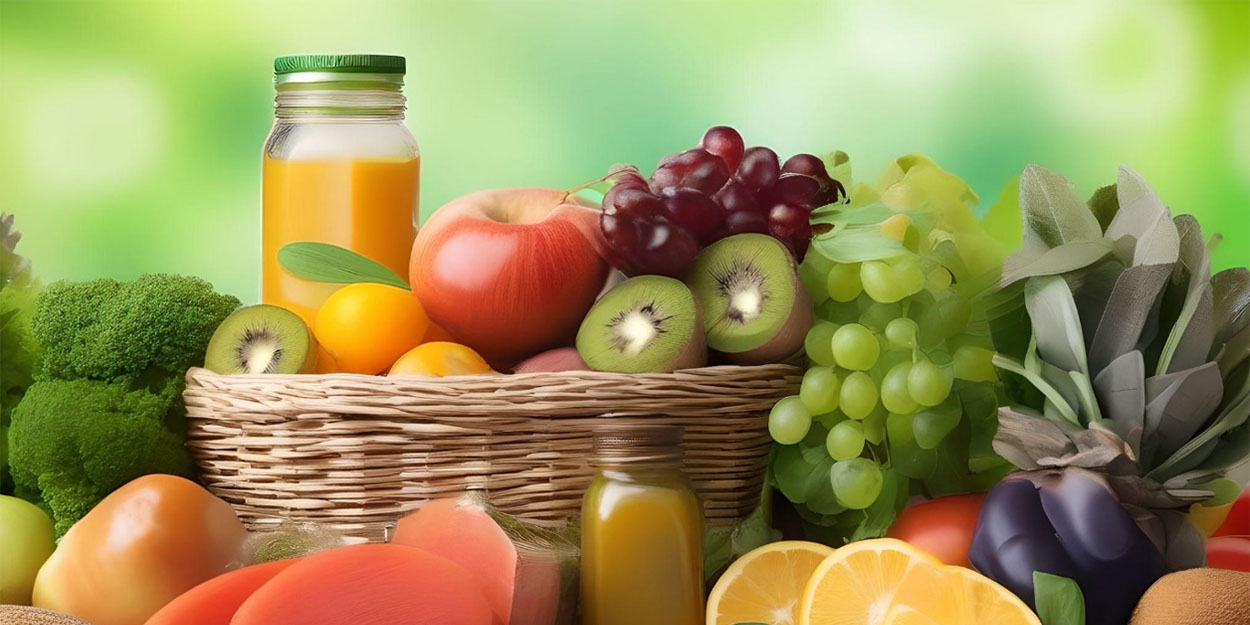India, known for its diverse culinary heritage, is experiencing a significant shift toward healthier dietary preferences. A growing awareness of health and wellness is fueling the rise of the health food market, with traditional grains and modern superfoods gaining popularity.
According to Avendus Capital, Indian households are expected to triple their spending on health-focused foods and beverages in the next five years. The firm predicts that per capita spending on health foods will double by 2026, with the market reaching $30 billion. With a CAGR of 20%, India is the fastest-growing health food market today.
Changing Consumer Preferences
Indian consumers are increasingly health-conscious due to rising disposable incomes, better access to information, and heightened awareness of lifestyle diseases like diabetes, hypertension, and obesity. This shift has changed dietary habits, with a focus on nutrition and wellness overtaking taste and convenience. Health foods—such as organic produce, superfoods, gluten-free products, and dietary supplements—have moved from niche markets to the mainstream, affecting both urban centers and, gradually, rural areas.
Urbanization has introduced sedentary lifestyles and high stress levels, increasing the demand for health foods that support stress management, mental health, and overall well-being. Millennials and Gen Z are particularly interested in functional foods that offer specific health benefits like improved digestion and enhanced immunity. Products such as probiotic yogurts, detox teas, and fortified cereals have gained popularity. Social media platforms and e-commerce have further transformed consumer behaviour by providing education on healthy eating and easy access to health products.
Evolving Trends and Implications for Brands in India’s Health Food Sector
The health food market in India is diverse and rapidly evolving, offering a wealth of opportunities for both start-ups and established companies. With the increasing demand for health-conscious products, several segments are experiencing significant growth, including organic foods, dietary supplements, functional foods, natural sweeteners, and local superfoods.
Key Evolving Trends
Organic Foods: Concerns over pesticide residues and food safety have driven a surge in demand for organic foods. Consumers are willing to pay more for certified organic products, which are free from harmful chemicals and GMOs.
Dietary Supplements: There is a growing market for dietary supplements as consumers seek vitamins, minerals, and herbal supplements to enhance their health. Products like omega-3 supplements, protein powders, and multivitamins are becoming common in Indian households.
Functional Foods: Foods fortified with nutrients or probiotics are becoming popular for their perceived health benefits. Brands are launching fortified breads, juices, and dairy products to cater to health-conscious consumers.
Natural Sweeteners: Increasing awareness of the health risks of refined sugar has led to a preference for natural sweeteners like stevia and jaggery, which are now widely used in foods and beverages.
Local Superfoods: Traditional superfoods such as millets, moringa, turmeric, and amla are being rediscovered for their nutritional benefits and incorporated into modern diets in innovative forms like health drinks, snack bars, and supplements.
Implications for Brands
Premium Pricing Strategy: Leverage consumers’ willingness to pay more for organic products by positioning them as high-quality offerings. Ensure these products meet organic certifications and clearly communicate their benefits to enhance market appeal.
Product Innovation: Invest in research and development to create nutrient-rich products like fortified foods with added vitamins, minerals, and probiotics, catering to the rising demand for dietary supplements and functional foods.
Local Ingredient Sourcing: Take advantage of the trend toward local superfoods by sourcing indigenous ingredients like millets, moringa, and turmeric. This approach supports sustainability and appeals to health-conscious consumers.
Natural and Clean Labeling: Address the increased awareness of the risks associated with refined sugar and artificial ingredients by using natural sweeteners like stevia and jaggery. Clean labeling practices that highlight the absence of harmful additives can boost brand credibility.
Targeted Marketing: Customize marketing strategies to emphasize specific health benefits, such as promoting protein supplements to fitness enthusiasts or fortified foods to families.
Education and Awareness Campaigns: Educate consumers on the benefits of new products through partnerships with health influencers and targeted campaigns to build loyalty and attract dedicated customers.
By aligning with these market dynamics, brands can not only meet current consumer demand but also position themselves as leaders in the rapidly growing health food sector in India
Challenges and Future Prospects
Despite robust growth, India’s health food market faces challenges such as high prices, limited rural awareness, and the need for stringent quality control. However, the market’s future looks promising. Increasing consumer awareness and ongoing innovation by food companies are expected to drive substantial growth. As more Indians adopt healthier lifestyles, demand for nutritious, natural, and functional foods will rise, transforming the food landscape. In conclusion, the growth of the health food market reflects a shift towards improved health and wellness, presenting significant opportunities for businesses and entrepreneurs to innovate and meet the needs of the modern consumer.

Sutesh Tiwari
Sutesh Tiwari is a Senior Consultant specializing in Go-to-Market Strategy, Performance Improvement, and Diversification Strategy, with 4+ years of diverse experience across sectors such as Chemicals, Manufacturing, and Media. His previous experience includes Digital Marketing Strategy for an FMCG major and Diversification and Go-to-Market Strategy for a chemical player. Sutesh is an MBA graduate from JBIMS, Mumbai.







